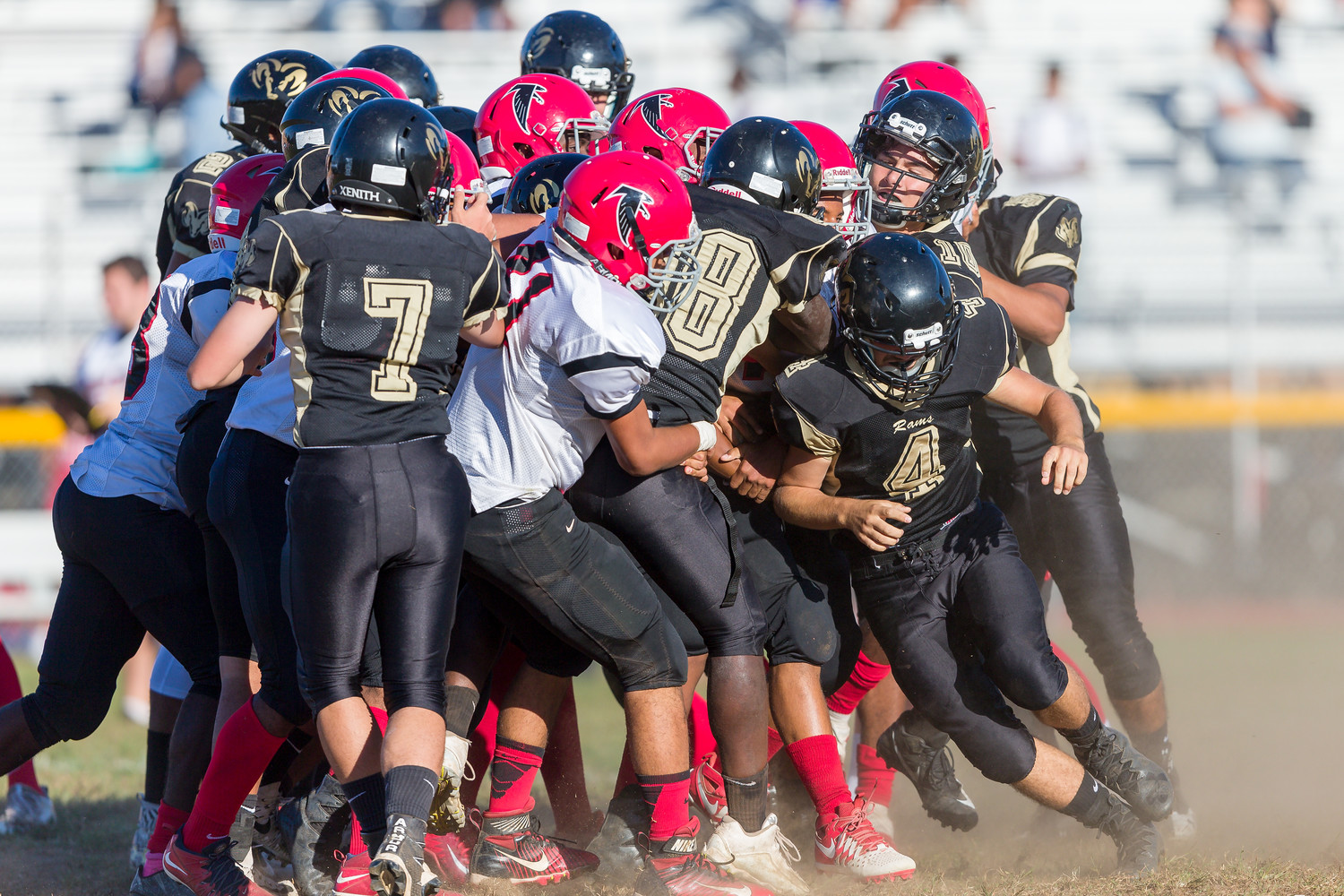Valley Stream Central High School District focuses on reducing concussions
With concern mounting about the frequency of concussions in high school sports, Valley Stream Central High School District’s Director of Athletics, Scott Stueber spoke about the district’s policies to protect its athletes at a Board of Education meeting on Aug. 28.
“Athletics are important, but safety’s more important,” Stueber said.
About 4 million people 19 or younger sustain head injuries annually, according to the Centers for Disease Control — roughly 52,000 of those injuries are fatal and some 275,000 require hospitalization. Some 300,000 head injuries are sports-related. With a head injury, adolescents can exhibit symptoms such as dizziness, exhaustion and confusion. Younger patients can also face longer recovery time, since their brains are not fully developed.
Student athletes who continue to suffer concussions throughout their athletic careers might face long-term consequences. An April 2018 study published in the Annals of Neurology showed that the younger the players started playing tackle football, the earlier they started showing symptoms of chronic traumatic encephalopathy, or CTE. This progressive degenerative brain disease is often found in people with a history of concussions. Researchers from Boston University, the leading center nationally for the study of CTE, found that symptoms appeared 2½ years earlier for each year before the age of 12 that players started playing football.
“The age of onset is a risk factor for developing CTE, just as it is for smoking cigarettes and cancer,” Christopher Infantino, a Valley Stream South High School graduate and SUNY Stony Brook offensive tackle, who has been studying CTE, explained. Infantino is currently finishing his master’s degree in neuroscience.
To combat those statistics, the high school district has changed its policies. “There’s a lot of things we’ve introduced over the past couple years to help ensure the safety of our athletes,” Stueber said, adding that “probably the most important” is the district’s Return-to-Play protocol.
Under the protocol, when students sign up for sports, they must undergo testing to measure reaction time, memory capacity, speed of mental processing and executive functions of the brain. If students suffer concussions, they must undergo further testing that the district then compares with the first results. Such students also meet with the school’s medical director, who clears them for Return-to-Play practice — which slowly gets them up to speed in preparation for a return to competition. An athletic trainer oversees those practices and records the students’ results for five days.
“As long as that student doesn’t experience any symptoms and remains symptom-free, usually by the sixth day they will return to competition,” Stueber said.
Every coach in the district must also be certified in cardiopulmonary resuscitation, first aid and recognizing concussions. Coaches have the option of taking either the Head’s Up Concussion in Youth Sports online training offered by the Centers for Disease Control, or Concussion in Sports training offered online by the National Federation of High School Sports. Stueber said he also gives each coach a checklist to determine whether players might have suffered concussions.
The district has also changed the way it teaches football. Stueber said that the National Football League and the NFHSS offer a new tackling system, which focuses on properly positioning a football player’s head when tackling. “We tell the kids that if you’re looking at the ground, you could be hurt,” he said.
In addition, he said that every Valley Stream game has a doctor on staff, and every school the football teams visit has a doctor on the sidelines. Some even have fire department emergency medical technicians at the games, he said.
The number of football practices has also been reduced, Stueber said. He said that the New York State Public High School Athletic Association recommended that every public school in the state reduce the number of full-speed, full-contact football practices to two a week, with no more than 90 minutes of live football.
“Having played football most of my life and coaching it for 23 years, I could tell you that there was stuff that I learned as an athlete that is very different from what we’re doing with our athletes in the district,” Stueber said.
With those protocols in place, he said, concussions in the district were down almost 100 percent last year. “We haven’t had a large amount of concussions,” he said.
“The most important thing is, we’re doing as much as possible,” he added.

 44.0°,
Mostly Cloudy
44.0°,
Mostly Cloudy 




